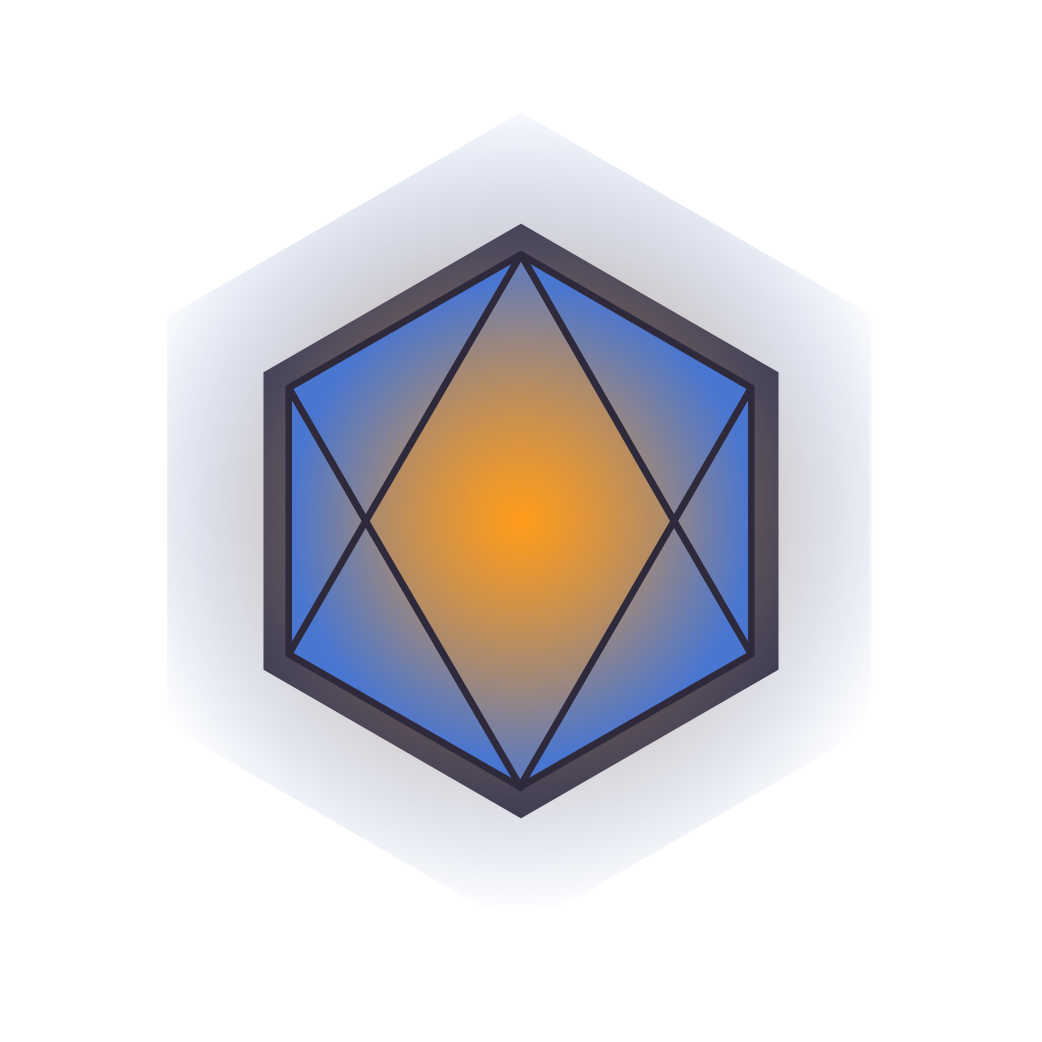Power conditioner, wireless sensor nodes and IoT-Platform
The team of Work Package 6, consisting of Aimen, ICCS, PhontonFirst and Smart Material, started its activities on the electronics hardware, software backend and the interfaces between them in month 19 of InComEss project.
One of the major challenges is a well adjusted energy balance between the harvested energy available from the piezoelectric generators (PEG) and thermoelectric generators (TEG) as an outcome of WP2&3 and that energy consumed by final applications such as wireless sensor nodes (WSN) for different purposes.
As a first step the PEG and TEG were electrically characterized to get reliable input data for the simulation of the energy sources which are needed for the development of new and efficient power management circuits. During the last months several types of such so-called power conditioners were designed and intensively tested at Smart Material. Their still needed optimization is an ongoing process at this point and includes the implementation of super capacitors from WP4.
To get self powered systems running it’s also essential to design the consuming application electronics (wireless sensor nodes) on an absolutely low energy level. The partner Aimen made great progress in this regard and built a first prototype of a novel multi-input sensor node that works on an averaged level of ~40mJ. Shortly introduced improvements have shown that this value can probably dropped to about 20mJ while still reading some ambient MEMS sensors. The partner PhotonFirst re-designed the electronics for their fiber optic sensor so that it can run a 0.1sec burst with an energy as low as 100mJ.
The data sets collected by the WSN have to be transmitted to a receiving gateway, processed and visualized for the end user. During the last months Partner ICCS started development of such an IoT platform. First improvements could be reached by using low energy Bluetooth protocol and a modified processing architecture with the goal to keep the needed WSN transmission activities as low as possible.
Figure 1 shows a first set-up of a piezoelectric generator that powers the wireless sensor node via a power conditioner.

